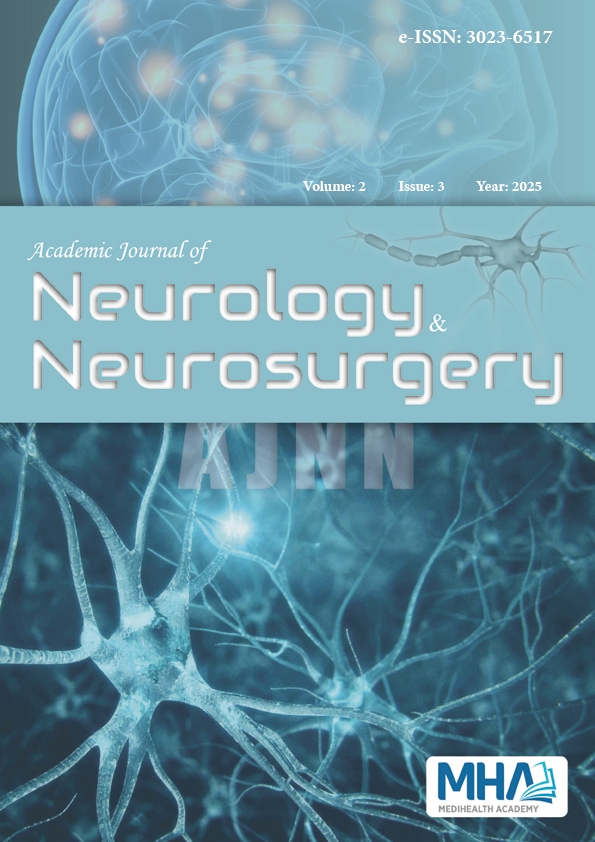1. Bouthour W, Bruce BB, Newman NJ, Biousse V. Factors associated with vision loss in idiopathic intracranial hypertension patients with severe papilledema. Eye. 2025;39(1):185-191. doi:10.1038/s41433-024-03408-3
2. Cho KH, Baek SH, Kim SH, et al. Clinical profile and treatment outcomes of idiopathic intracranial hypertension: a multicenter study from Korea. J Headache Pain. 2024;25(1):106. doi:10.1186/s10194-024-01794-3
3. Thurtell MJ. Idiopathic intracranial hypertension. Continuum (Minneap Minn). 2019;25(5):1289-1309. doi:10.1212/CON.0000000000000770
4. Smith JL. Whence pseudotumor cerebri? J Clin Neuroophthalmol. 1985; 5(1):55-56.
5. Sinclair AJ, Burdon MA, Nightingale PG, et al. Rating papilloedema: an evaluation of the Frisén classification in idiopathic intracranial hypertension. J Neurol. 2012;259(7):1406-1412. doi:10.1007/s00415-011-6365-6
6. Miah L, Strafford H, Fonferko-Shadrach B, et al. Incidence, prevalence, and health care outcomes in idiopathic intracranial hypertension: a population study. Neurology. 2021;96(8):e1251-e1261. doi:10.1212/WNL.0000000000011463
7. Tian T. Clinical characteristics of patients with idiopathic intracranial hypertension in China. Cureus. 2024;16(7):e64990. doi:10.7759/cureus. 64990
8. Keskın AO, Idiman F, Kaya D, Bircan B. Idiopathic intracranial hypertension: etiological factors, clinical features, and prognosis. Noro Psikiyatr Ars. 2018;57(1):23-26. doi:10.5152/npa.2017.12558
9. Rosenblatt A, Klein A, Roemer S, et al. Idiopathic intracranial hypertension-a comparison of clinical characteristics between 4 medical centers in different geographic regions of the world. J Neuroophthalmol. 2016;36(3):280-284. doi:10.1097/WNO.0000000000000402
10. Sharma B, Seervi N, Sharma V, Panagariya A, Goel D. Clinical and radiological profile of 122 cases of idiopathic intracranial hypertension in a tertiary care centre of India: an observational study. Neurol India. 2022;70(2):704-709. doi:10.4103/0028-3886.344644
11. Akhter A, Schulz L, Inger HE, McGregor JM. Current indications for management options in pseudotumor cerebri. Neurol Clin. 2022;40(2): 391-404. doi:10.1016/j.ncl.2021.11.011
12. Wall M, Kupersmith MJ, Kieburtz KD, et al. The idiopathic intracranial hypertension treatment trial: clinical profile at baseline. JAMA Neurol. 2014;71(6):693-701. doi:10.1001/jamaneurol.2014.133
13. Serodio M, Cabral G, Meira B, Caetano A, Viana-Baptista M. Headache phenotypes in idiopathic intracranial hypertension and its short-term outcomes: a retrospective case series study. J Clin Med Res. 2024;16(2-3): 118-123. doi:10.14740/jocmr5141
14. Takkar A, Goyal MK, Bansal R, Lal V. Clinical and neuro-ophthalmologic predictors of visual outcome in idiopathic intracranial hypertension. Neuro-Ophthalmology. 2018;42(4):201-208. doi:10.1080/ 01658107.2017.1400570
15. Bsteh G, Marik W, Krajnc N, et al. MRI features of idiopathic intracranial hypertension are not prognostic of visual and headache outcome. J Headache Pain. 2023;24(1):97. doi:10.1186/s10194-023-01641-x
16. Kattah JC, Pula JH, Mejico LJ, McDermott MP, Kupersmith MJ, Wall M. CSF pressure, papilledema grade, and response to acetazolamide in the idiopathic intracranial hypertension treatment trial. J Neurol. 2015; 262(10):2271-2274. doi:10.1007/s00415-015-7838-9
17. Hsu HT, Cheng HC, Hou TW, et al. Idiopathic intracranial hypertension in Asians: a retrospective dual-center study. J Headache Pain. 2024;25(1):144. doi:10.1186/s10194-024-01852-w
18. Berezovsky DE, Bruce BB, Vasseneix C, Peragallo JH, Newman NJ, Biousse V. Cerebrospinal fluid total protein in idiopathic intracranial hypertension. J Neurol Sci. 2017;381:226-229. doi:10.1016/j.jns.2017.08. 3264

